Eugenia Melián: The Wildchild of Fashion
Culture — 27.11.18
Words by Desislava Todorova
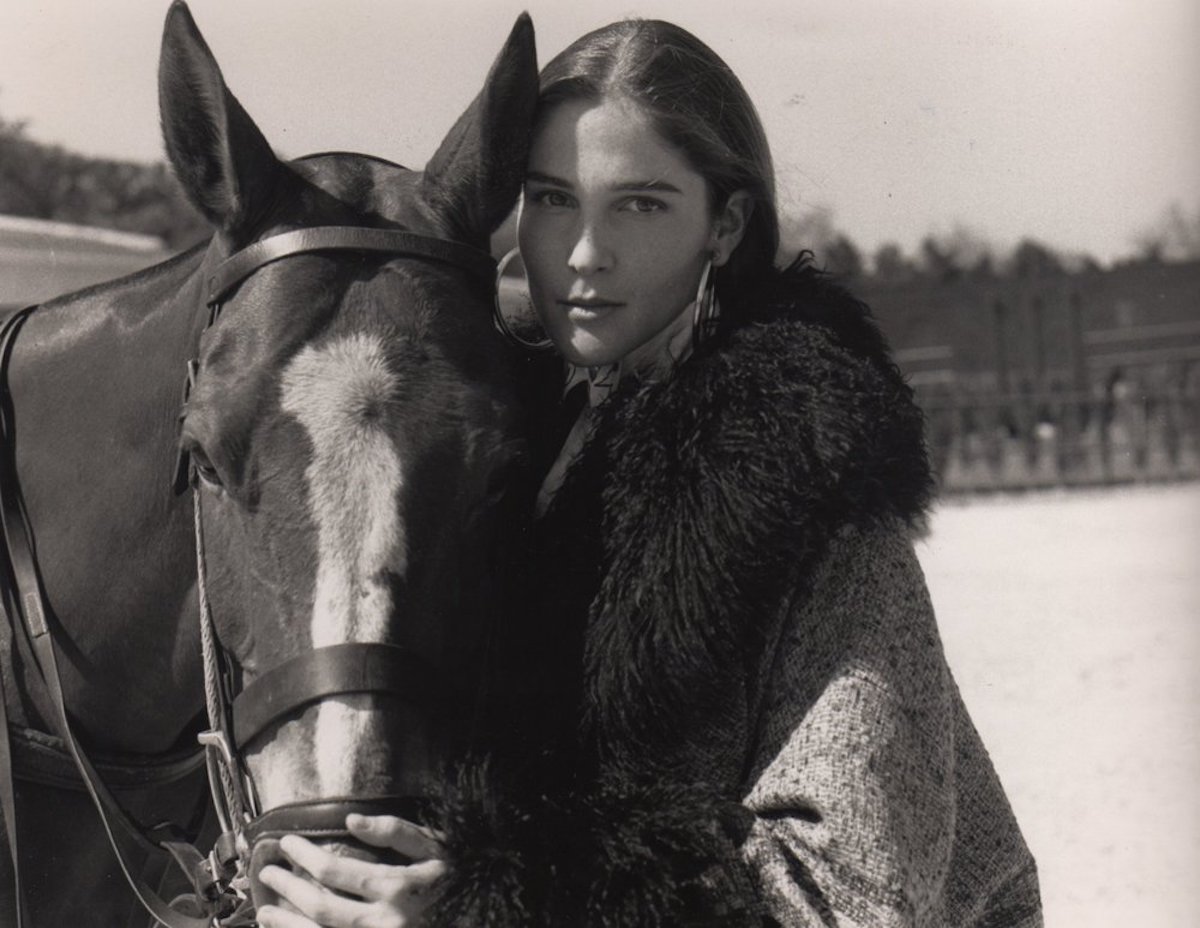
Photo by Pamela Hanson. Madrid, 1986.
Eugenia Melián is a woman of many talents. A former model, agent and publicist, she knows the fashion world inside out. Born in the Philippines and raised in Andalusia, this Spanish-American has lived and worked all over the place: Paris, London, Milan, Los Angeles, and New York. She has represented artists for three decades with a portfolio including names like David LaChapelle and Peggy Sirota as well as legendary punk figure Malcolm McLaren.
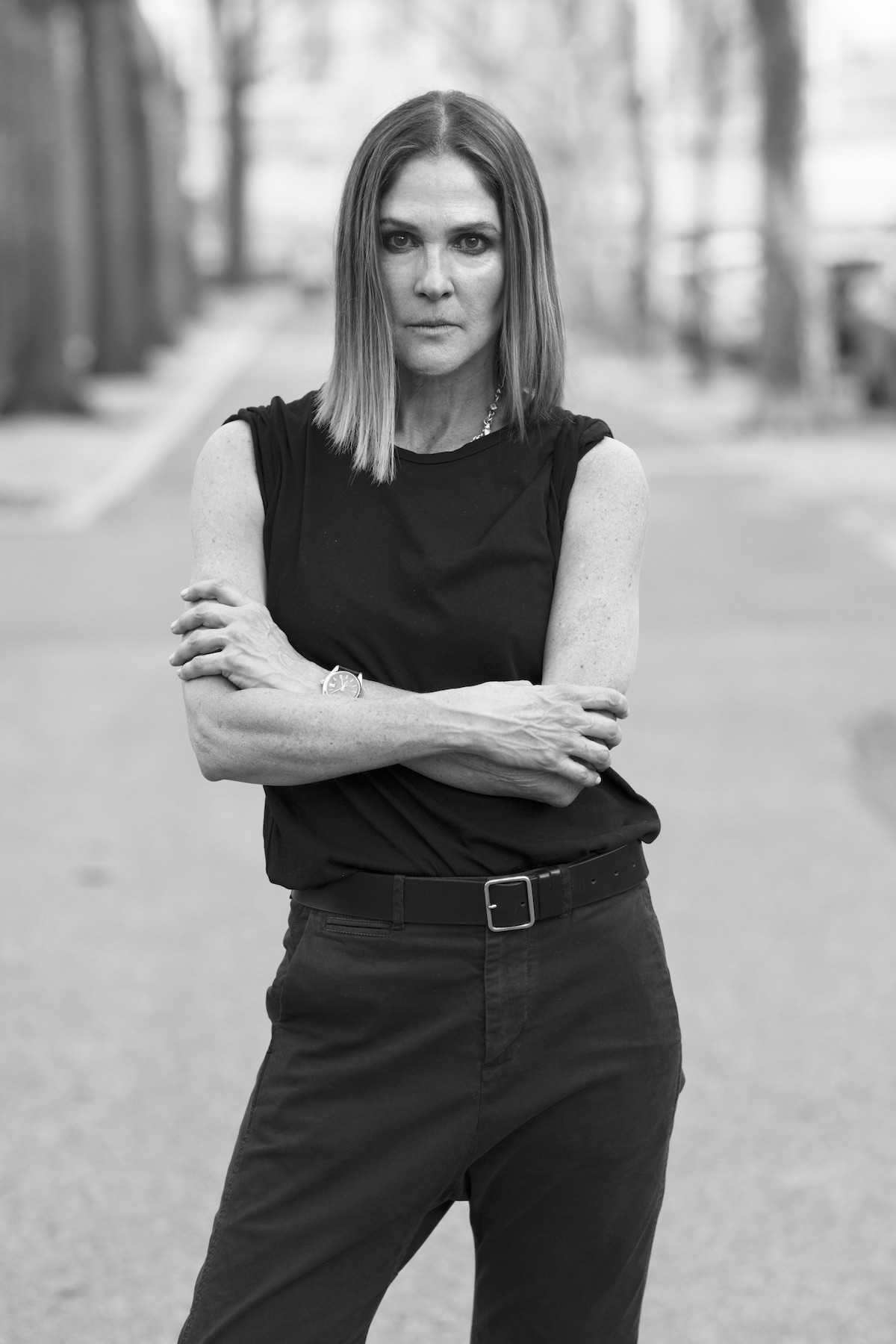
Photo by Ethan James Green.
Having grown up as a tomboy in ’60s Andalusia, Melián shaped her future creative vision in England where she went to boarding school at the age of twelve. Fashion was nothing less than a way of expressing her free-spirit from a very early age despite her restrictive circumstances:
“I lived in my sibling’s hand-me-down corduroys, t-shirts and sneakers. In England, I lived in a uniform for six years. So, go figure.”
Her fascination with the transformative power of fashion came from her early childhood memories when she was witnessing her mother getting ready to go out:
“My mum had gorgeous clothes and was a sample size. She would shop twice a year in Paris and have her white kaftans custom-made for her in Tangier which was a thirty-minute boat ride away from where we lived. I still have her Yves Saint Laurent safari jacket and the famous Gypsy skirt.”
Melián recalls that her mother used to make her own clothes using Vogue Patterns that “took forever to arrive in the mail”. She loved watching her “teasing her hair, putting on huge, dangly earrings, coral lipstick and dabbing Joy de Patou perfume on her long neck.”
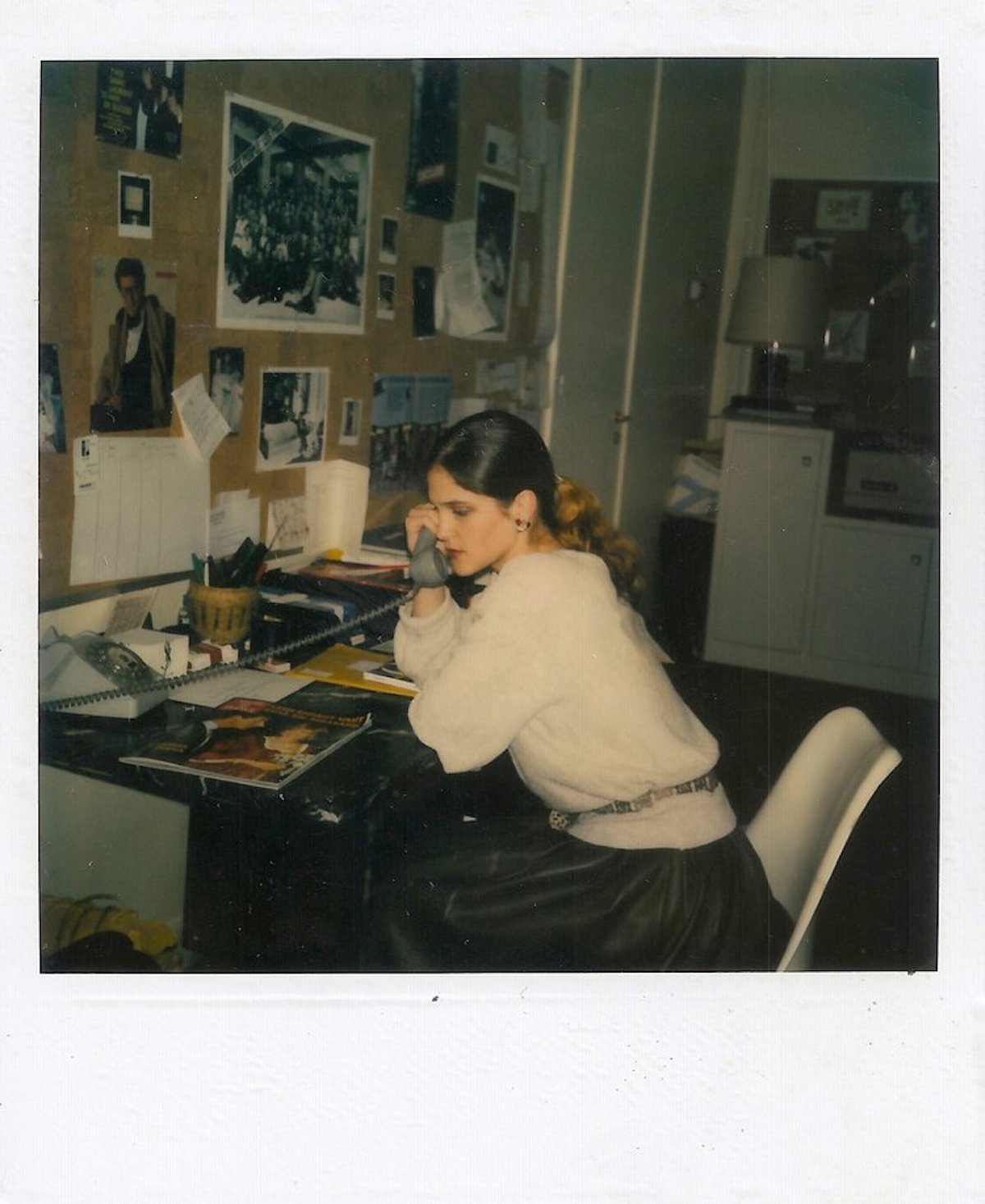
YSL Paris Office, 1979.
Her next close encounter with fashion was in Paris where she got an internship at the couture press office of Yves Saint Laurent. It took her six months, and all her guile, but she got in. Her office was next to the studio where legendary Monsieur Saint Laurent and his team worked.
“I guess that the art of fashion fascinated me to the point where through a series of events, I met the first artist I could help, an illustrator from Los Angeles, via Parsons New York. His name was Tony Viramontes.” She became his first agent. It was 1982, and the rest, she recalls is, “fashion history”.
Her work as a fashion photographer’s agent for 25 years inspired her to show how a photographer’s career is made, what it takes, how hard it is, and how long until one can make a living in it.
“I wanted to explore that and also the world of the fashion and magazine industry pre-digital, pre-smartphones, pre-social media.”
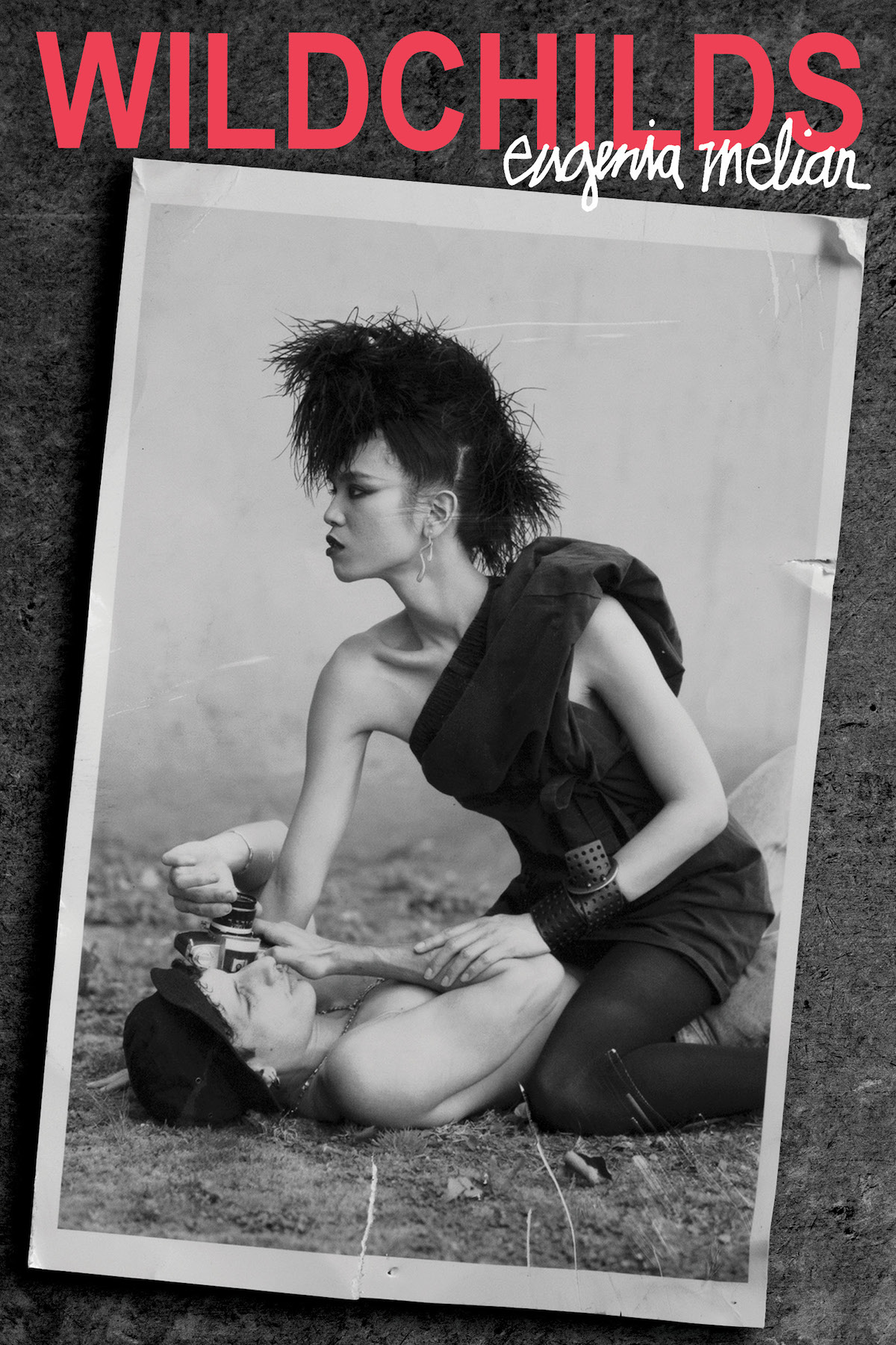
Her book “Wildchilds” covers the ’90s fashion reality and the present-day. The Loss of Innocence, the Death of Beauty, and the Price of Success.
“Times were very different twenty-five years ago”, says Melian, “these days I meet a lot of young kids striving to work in the industry as set designers, stylists, models and they all ask me “But how could you work without the internet?” and I tell them: “Honey, when I started working in 1979, we did not even have faxes!”
“Wildchilds” is a love story between a photographer and his model girlfriend. They are both starting their careers in the ’90s, and she shows the struggle in their professional lives and their love lives as they become famous and overwhelmed by the murderous pace of the industry. The story suddenly cuts to the present-day, and the focus is put on a mother and her teenage daughter, a photographic archive and the meaning of legacy.
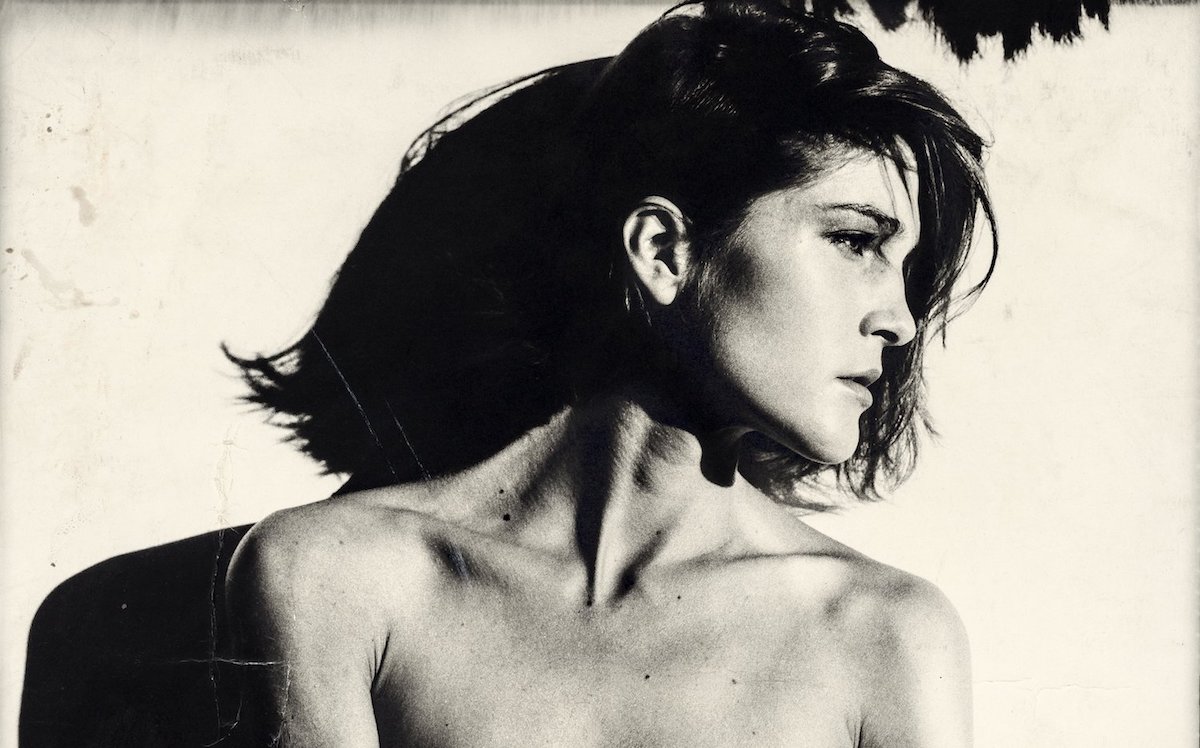
Somehow her own sense of wisdom motivated her to start the novel:
“In a way, I want to give another sense to those years of mine as an agent and producer, so they are not just about lipstick campaigns or selling handbags. I want a life of purpose… I am worried about the state of the world right now, in particular inequality. With “Wildchilds”, I wanted to deal with the things that affect my friends and I and make us reflect or react, and take action! I observe my friends and their kids constantly and I just hope that these kids have the information that will help them make good choices and be better, kinder, and more respectful of each other and the world we live in. Don’t mess it up; it’s the only one we have!
The themes that touch me, move me and concern me in the novel are: learning to let go, what we think defines us, consumerism and fast fashion. Our obsession with youth and beauty, what defines success, sexual harassment and abuse of power in the industry. What we need versus what we want, the love of the surface, the price of success, celebrity culture.”
As to what’s next for Melián – she is thrilled to see where “Wildchilds” takes this conversation and in the meantime, she has already started planning two more novels.